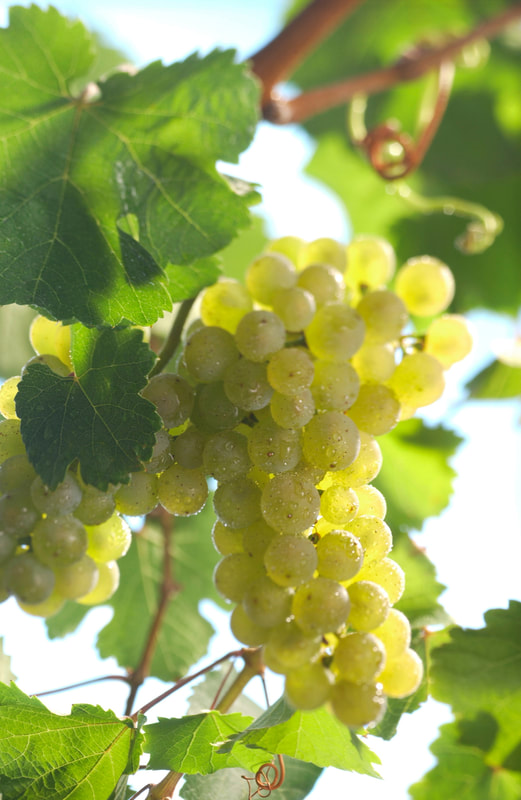Riesling
Riesling, commonly known as a sweet wine, has the ability to produce sophisticated, complex wines that can age for decades. To grow, this aromatic grape requires the coldest of wine regions (Winkler Ib-Winkler II) to delay ripening and develop complex flavors. This makes it ideal for growth in its homeland of Germany and the historically German regions Austria and Alsace, France.
Common Synonyms
- Johannisberg Riesling, White Riesling
- Riesling

